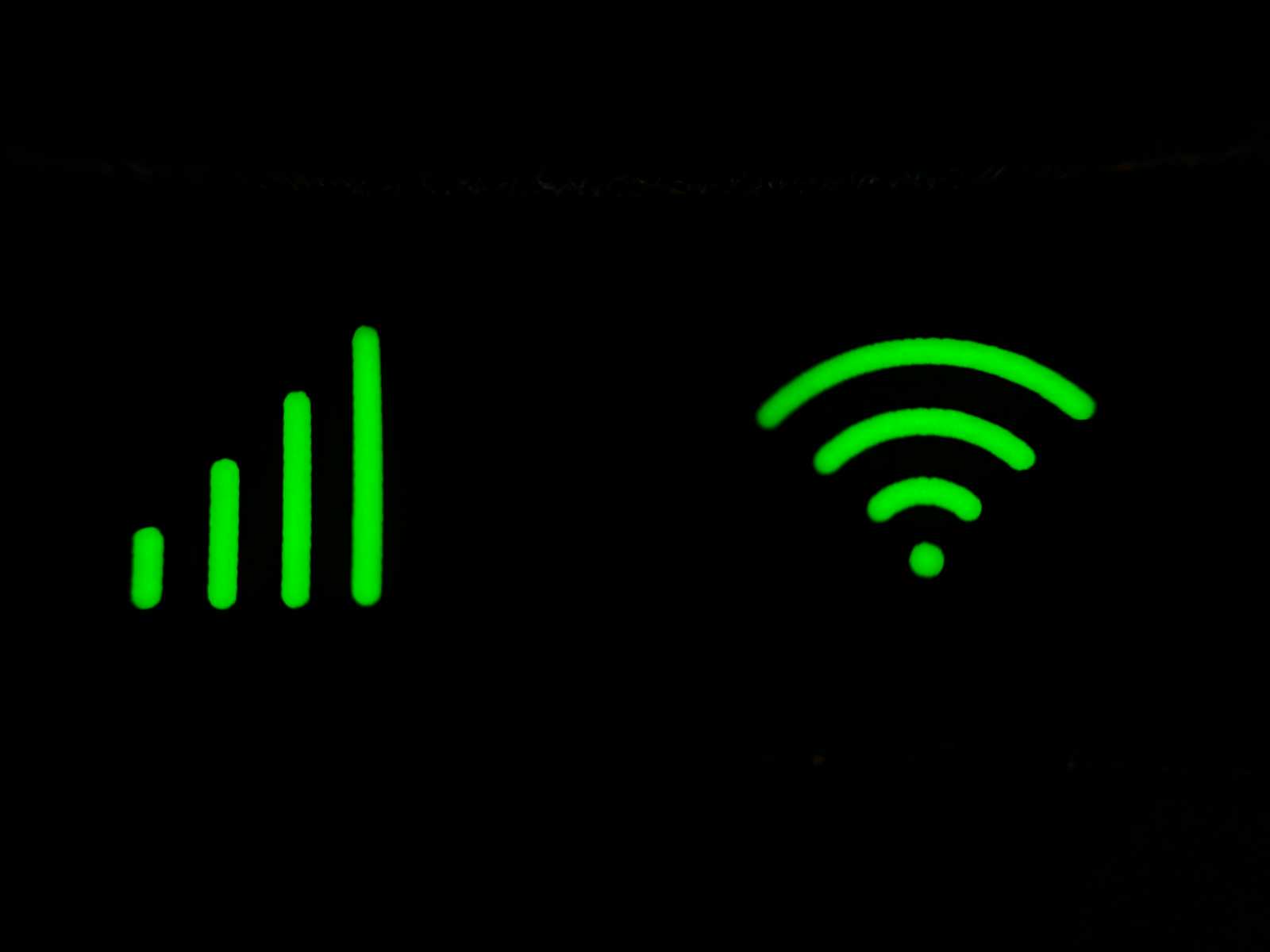Mobile Communication Evolution and Future
 Hadi Hassan
Hadi Hassan
In today's world, our mobile phones are more connected than ever, thanks to technologies like 3G, 4G and 5G. However this wasn't always the case. Not long ago mobile communication wasn't the seamless, high-speed experience we're used to now. In fact, at the beginning, things started off very low tech and in a vastly different era, where the very idea of mobile communication was a distant dream.
Initially the concept of mobile communication was revolutionary, but the technology was far from the sophisticated systems we have today. It all began in the mid-twentieth century, when radio phone systems allowed users to make voice calls over radio frequencies but the devices were stationary, bulky and lacked the mobility and convenience we now associate with modern mobile phones.
First Generation (1G) networks began in the 1980s and laid the foundation for future transformation in mobile communication. Although the phones which adopted 1G were revolutionary and handheld and provided instant communication they were referred to as "brick phones" due to their size and weight and idea of portability was still a novelty. Also 1G networks coverage was far from ubiquitous. The geographic reach of these networks was limited, and users often experienced dropped calls and inconsistent signal strength. Despite the challenges, the mere existence of 1G networks set the stage for a future where individuals could communicate from virtually anywhere.
The Second Generation (2G) networks emerged in the 1990s and brought the transition from analog to digital technology. Phones were now more portable and data transmission became stronger which meant clearer calls and the network was now able to handle text messages (sms). Even though the phones were able to make calls and send sms they were basic compared to later generations. They weren't smart and had a small screen and a physical keypad. Despite the limitations 2G networks laid the groundwork for rapid mobile communication evolution and more advanced feature rich mobile phones which would follow in the years to come.
The Third Generation (3G) networks were introduced in the early 2000s. Beyond enhancements in data transfer and speed 3G technology brought broader range of services. With faster data rates users could now engage in mobile internet activities such as web browsing on-the-go. It also introduced video calling which became a notable feature enabling face-to-face communication. Following 3G networks the era of smart phones with advanced capabilities and touchscreens had arrived these mobile phones emerged as a powerful communication devices. Apple introduced the first iPhone in 2007 which sat a new standard for user interfaces and innovative touchscreen technology . This transformative period became the foundation for the mobile-centric lifestyle that continues to shape the world today.
The Fourth Generation (4G) networks began in 2010s and it came with way faster data speeds with technologies like LTE and WiMAX. These advancements empowered users ability to download their favourite music, websites, and video really fast. It built the groundwork for streaming services and increased app usage. As a result 4G enhanced connectivity and paved the way for more dynamic mobile experience.
Then came the Fifth Generation (5g) in 2019 and it came with faster data speeds, lower latency and increased capacity. With increased capacity came many more IoT devices which could be controlled from your phone any where in the world, for example Smart home products like security cameras, thermostats, lights and more. Also with faster speeds and lower latency 5G enhanced the performance of new technologies like Augmented Reality (AR), Virtual Reality (VR), and Artificial Intelligence (AI). 5G has opened the gateway to a vast connected digital ecosystem. Seamlessly connecting our mobile devices and technologies (IoT) into a cohesive network.
So what's Next after 5G?
As it stands right now 5G is the most cutting edge network we have. But discussion about Six Generation (6G) networks have already begun and it will bring unprecedented speeds, near-instantaneous connectivity, and support for even more advanced technologies, 6G holds the potential to redefine the way we connect.
Subscribe to my newsletter
Read articles from Hadi Hassan directly inside your inbox. Subscribe to the newsletter, and don't miss out.
Written by
